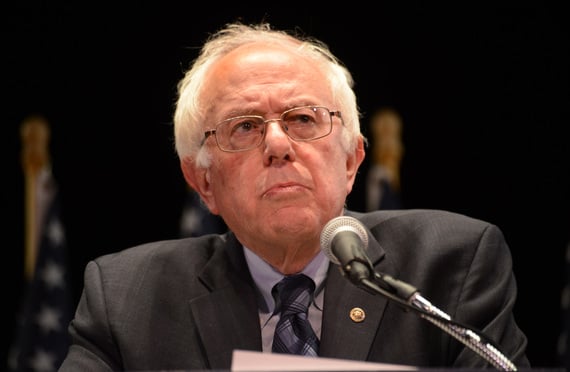This last year may have seen another big increase in the numberof health savings accounts. But it also saw a drop in the amountemployers are contributing to those accounts.
|Employees saw a 10 percent decrease in their average single HSAemployer contribution from the previous year, according to new datafrom United Benefit Advisors. In 2013, employers contributed anaverage of $574 per employee but last year that dropped to $515,the report says. Average family contributions also fell 7 percentduring the same period, from $958 to $890.
|UBA said the survey results reveal a correlation betweenenrollment in HSAs and consumer driven health plans, linking higherHSA contributions to increased enrollment in the cost-savingplans.
|“Employer HSA funding strategies have changed in recent years inresponse to the Patient Protection and Affordable Care Act and itsimpact on employer-sponsored health insurance plans,” said BrianGoff, president and CEO of Insurance Solutions, a UBA partnerfirm.
|“When HSA products were new, the employer could take the premiumsavings and fully fund the deductible. Now, however, premiumreductions are not as great as they once were,” Goff said. “Aspremiums increase, employers naturally opt to put theircontributions toward premiums first and will slowly reduce theirHSA funding to the point where, in some cases, it becomes entirelythe employee's responsibility.”
|The deductible amount, the employee premium contribution, theout-of-pocket maximum, and whether there are other types of plansoffered will also impact an employer's HSA contribution strategy,said Mark Sherman, principal of LHD Benefit Advisors, another UBApartner firm.
|UBA found that smaller firms are the most generous when it comesto HSA contributions.
|Smaller employers (those with 1 to 50 employees) are exceedingthe average HSA contribution for singles, while larger employers(50 to 1,000-plus employees) have been less generous, UBA said.Even larger employers, those with 1,000-plus employees, show thelowest average contribution at $426. Similarly, for families, HSAcontributions by smaller employers tend to be above the average$890 contribution, while large employers fund an average of$760.
|The trend, Goff said, likely stems from smaller companies makingmore personal decisions about their employees and benefits.
|For its research, UBA surveyed 9,950 employers sponsoring nearly17,000 health plans nationwide.
|The UBA survey also found:
California has the most generous HSA contributions ($808 forsingles and $1,316 for families) yet the lowest enrollment inCDHPs: only 11.3 percent of plans in California are CDHP plans andonly 8.1 percent of employees are enrolled in them.
New England, which typically has the most generous health carepackages overall, sees average HSA contributions of $685 forsingles and $1,342 for families.
By industry, construction, health care/social assistance,mining/oil and gas extraction, retail and wholesale provide thelowest HSA contributions for singles and families. Governmentemployees have the most generous HSA contributions ($791 forsingles and $1,431 for families).
Complete your profile to continue reading and get FREE access to BenefitsPRO, part of your ALM digital membership.
Your access to unlimited BenefitsPRO content isn’t changing.
Once you are an ALM digital member, you’ll receive:
- Critical BenefitsPRO information including cutting edge post-reform success strategies, access to educational webcasts and videos, resources from industry leaders, and informative Newsletters.
- Exclusive discounts on ALM, BenefitsPRO magazine and BenefitsPRO.com events
- Access to other award-winning ALM websites including ThinkAdvisor.com and Law.com
Already have an account? Sign In
© 2024 ALM Global, LLC, All Rights Reserved. Request academic re-use from www.copyright.com. All other uses, submit a request to [email protected]. For more information visit Asset & Logo Licensing.








